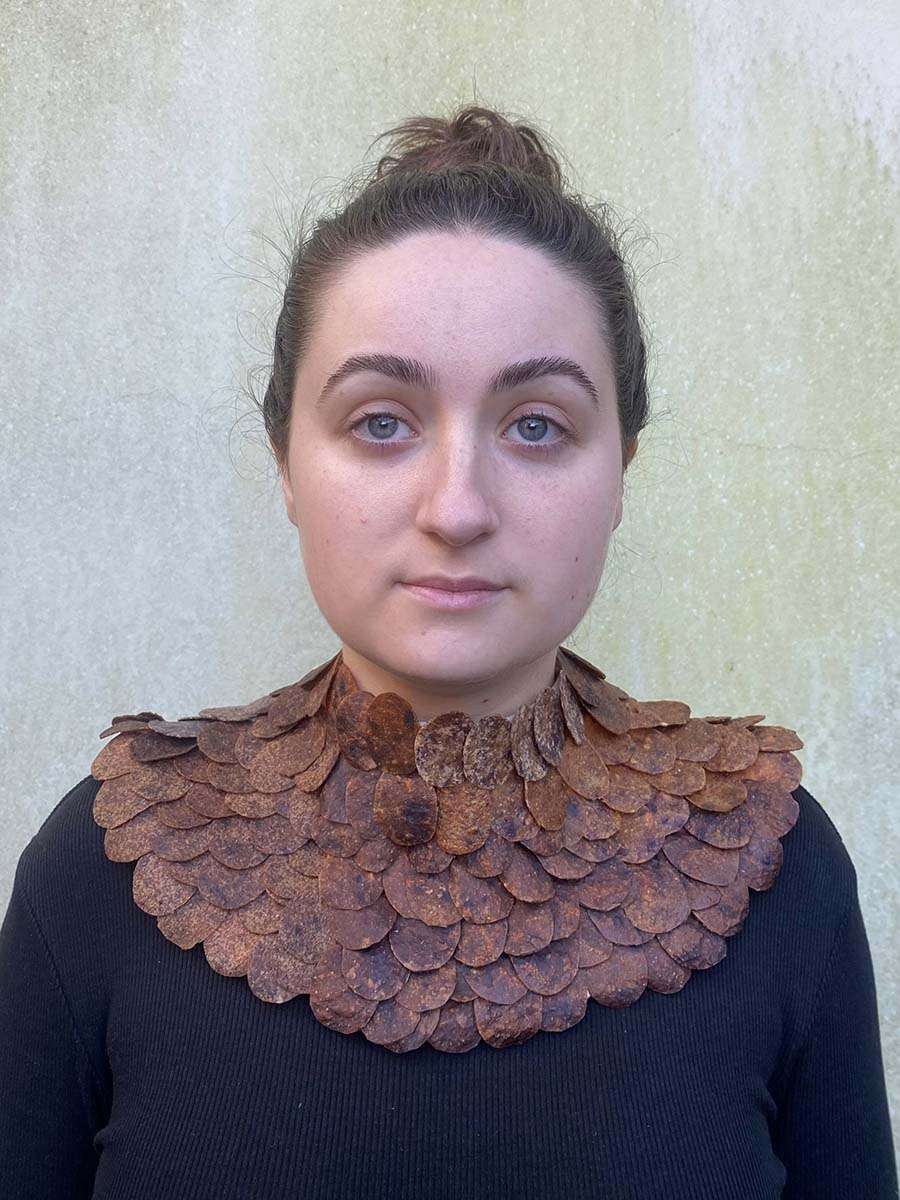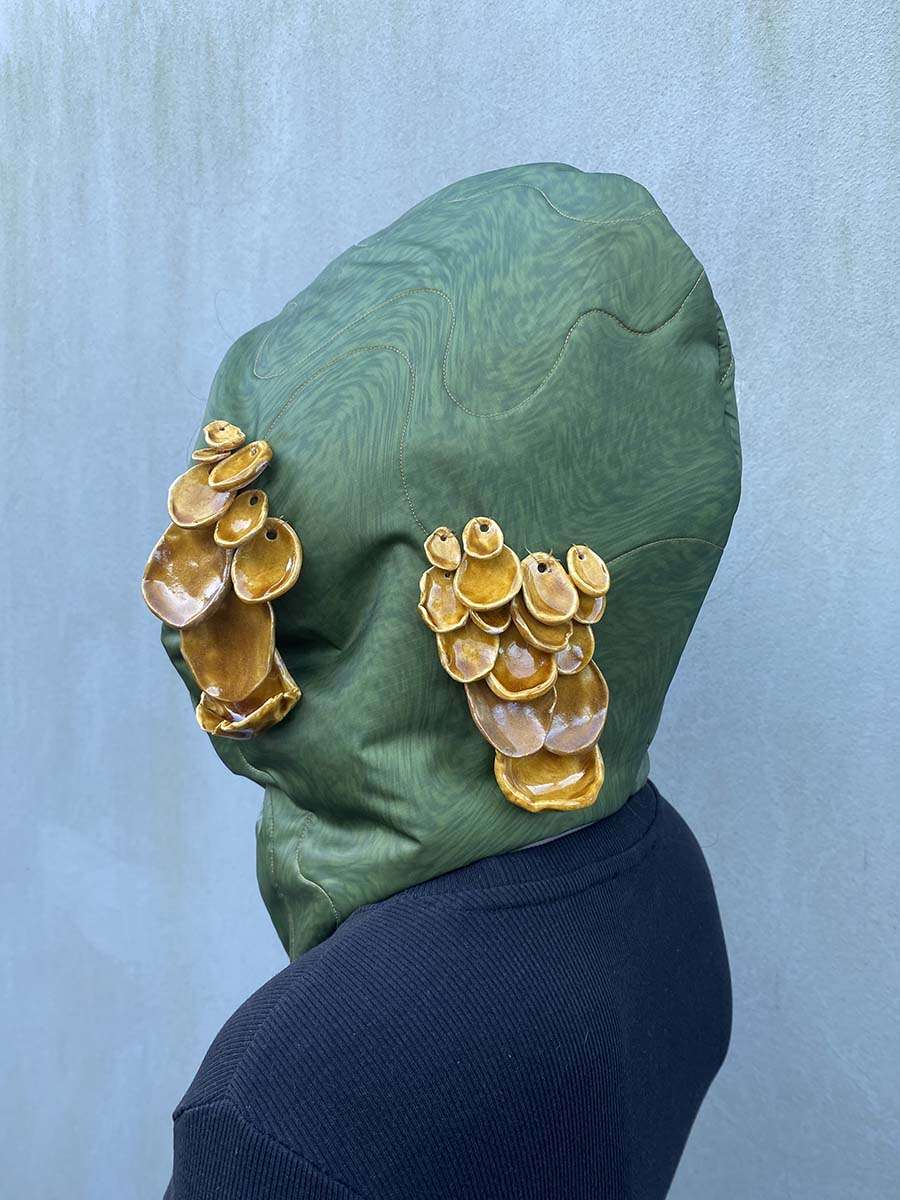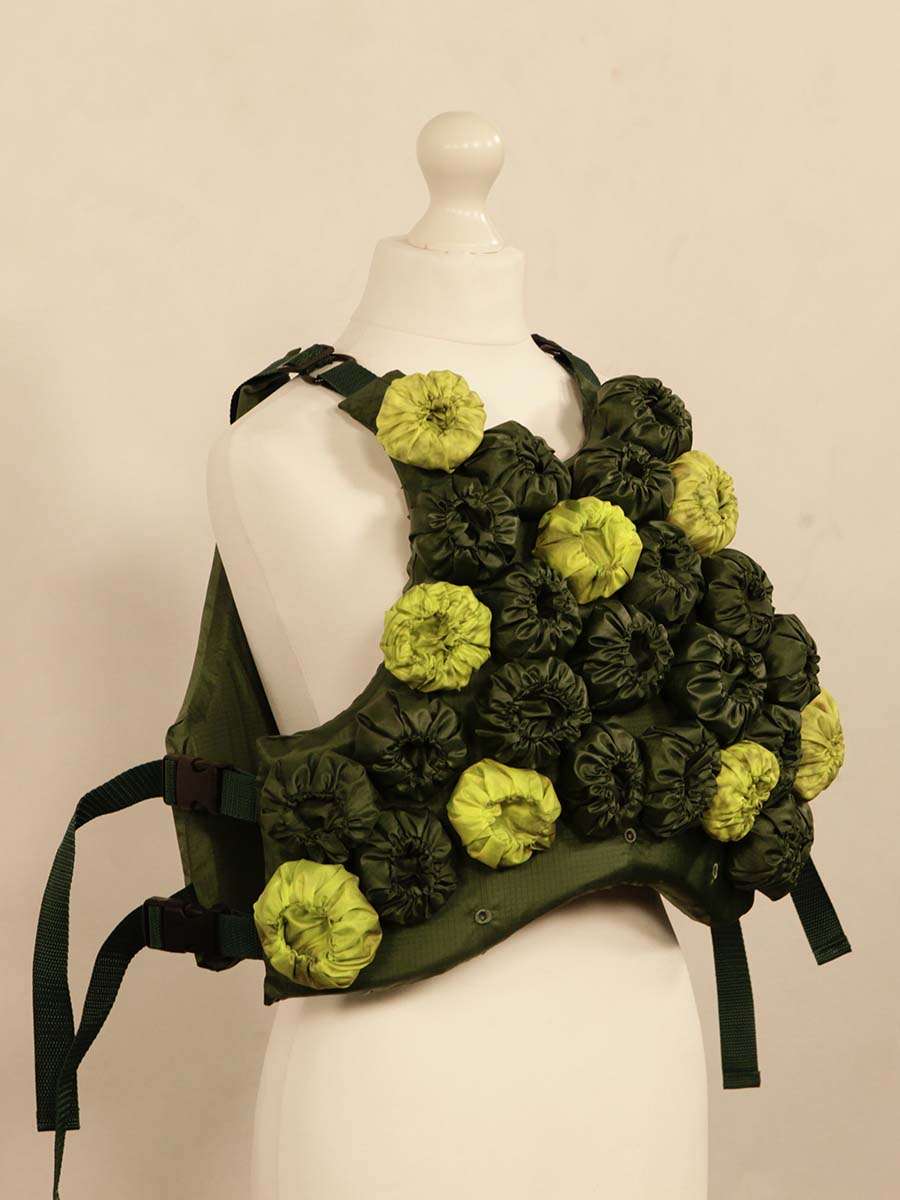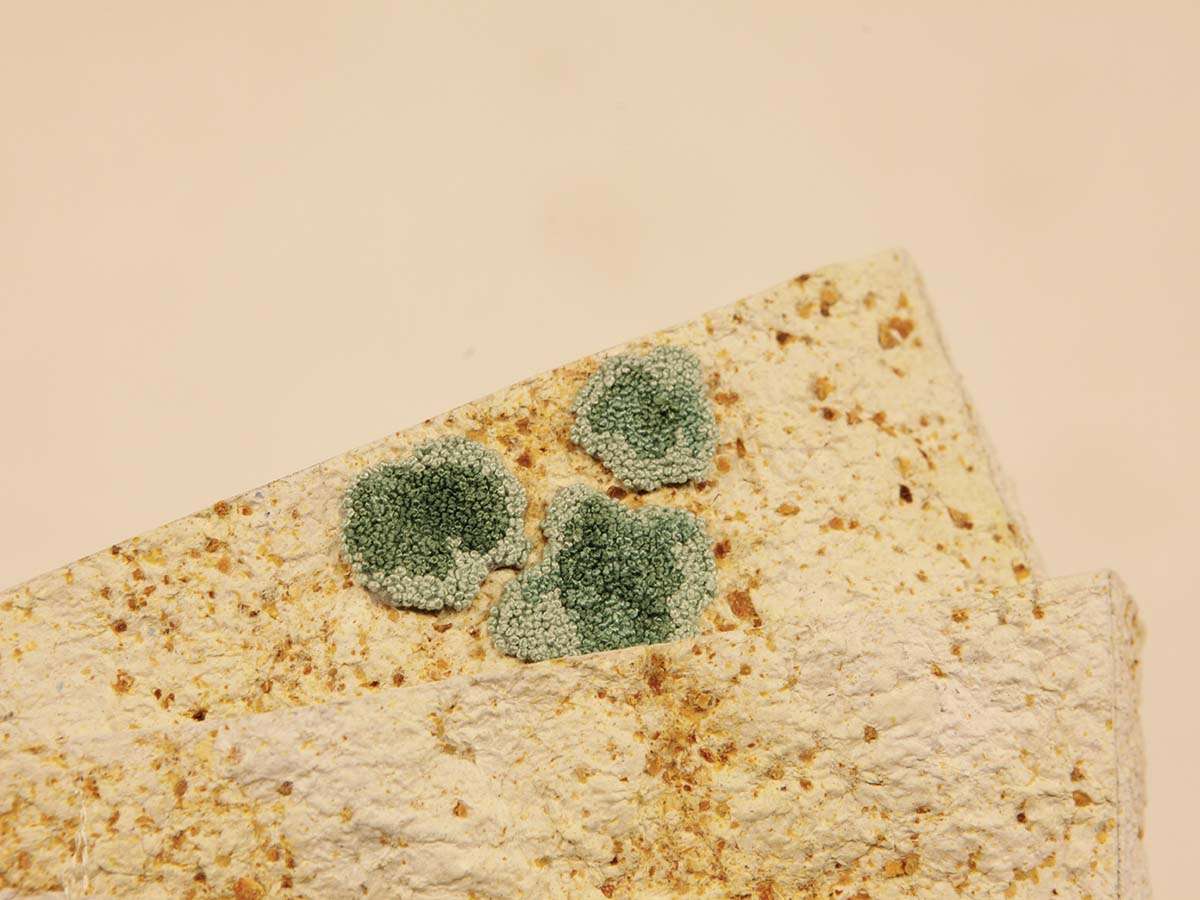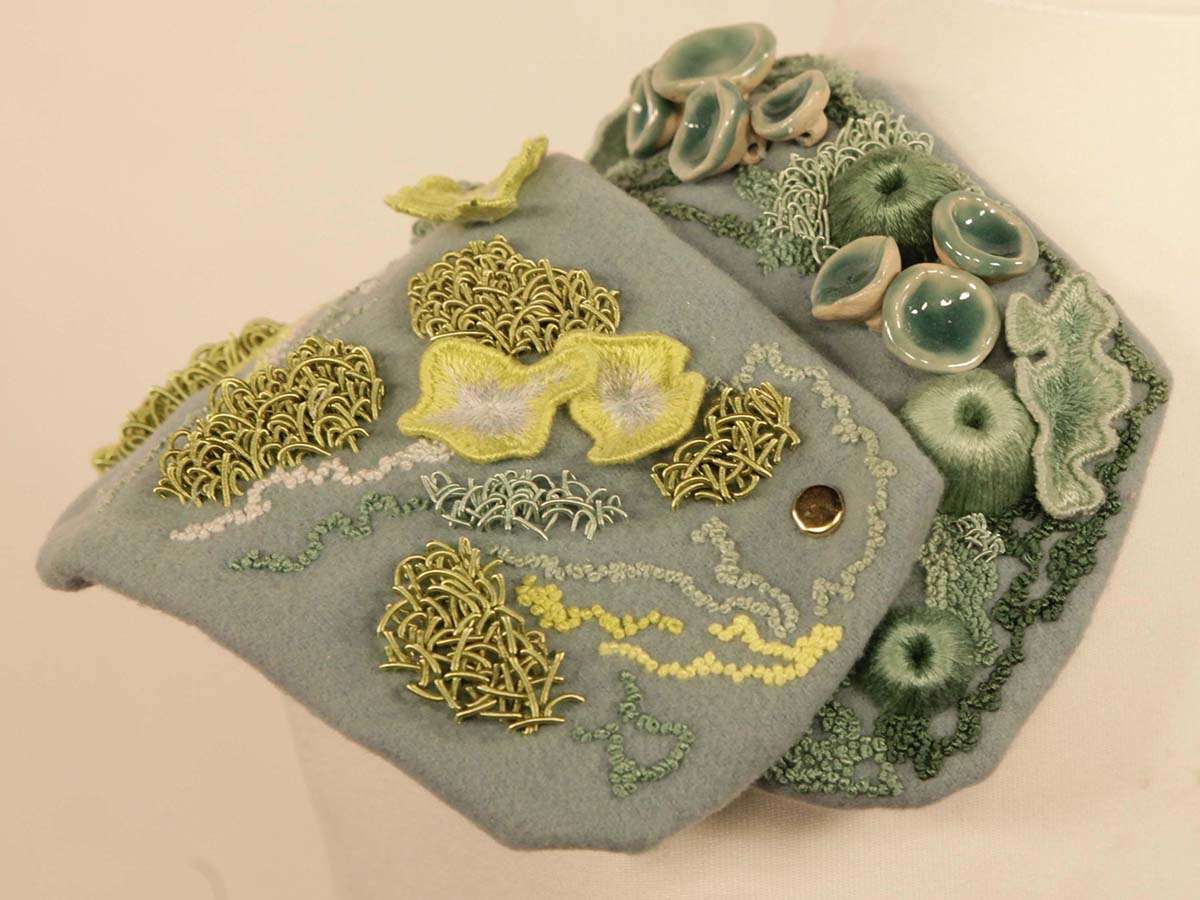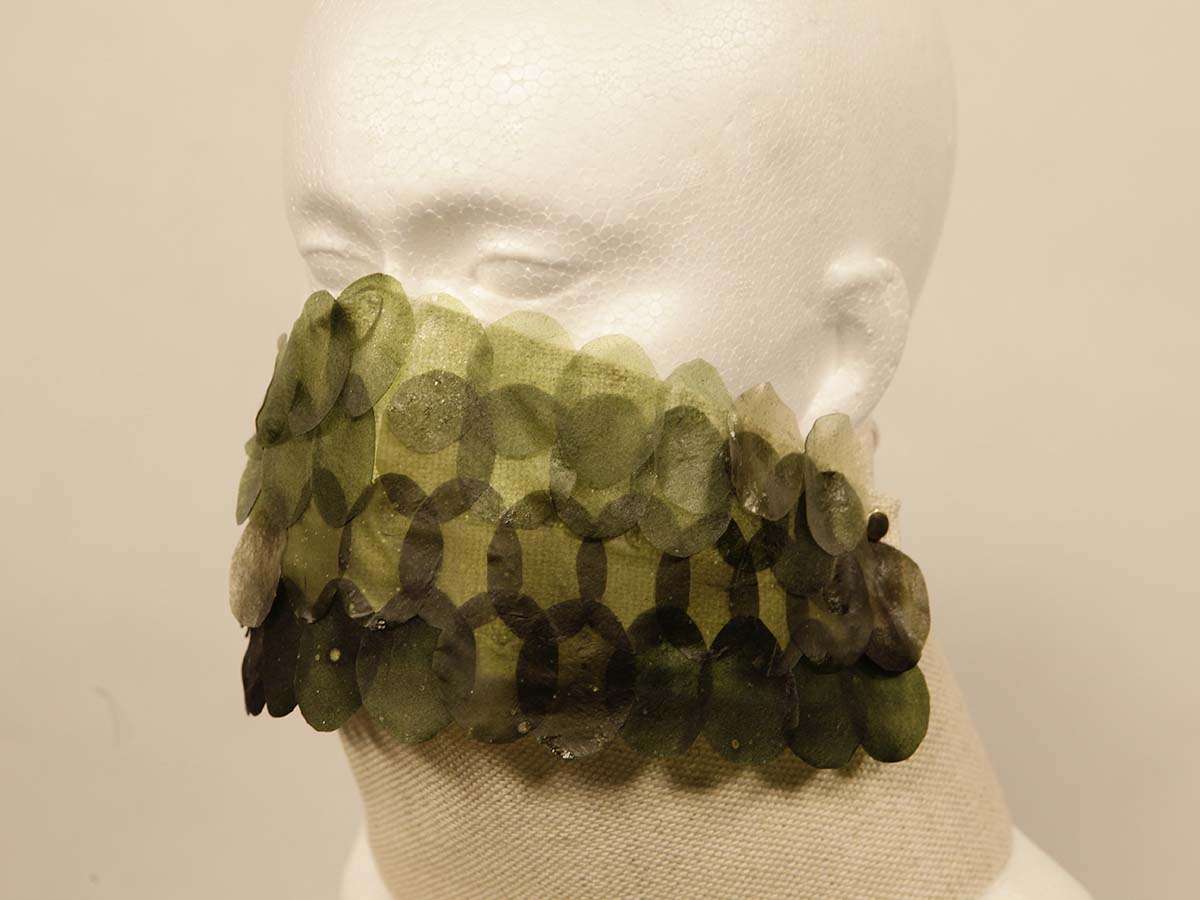
Cadi Williams
A multi-media textile designer with an interest in combining hand and digital embroidery with biomaterials for conceptual fashion.

A multi-media textile designer with an interest in combining hand and digital embroidery with biomaterials for conceptual fashion.

‘Symbiocene,’ is a conceptual collection set one million years in the future, presented as couture accessories, exploring the eventual evolution of Homo sapiens with species of fungi, lichen, diatoms and arthropods. New species of the Homo genus feature protective exoskeletons, lichen growing on the skin, new oxygen sources and fungi intertwined with their anatomy.
The term ‘Symbiocene,’ was coined by environmentalist Glenn Albrecht in his article ‘Exiting the Anthropocene and Entering the Symbiocene.’ The paper outlines how our current geological era of the Anthropocene is destroying earth’s natural ecosystems. It argues that new concepts for living are needed if the human race are to avoid extinction.
This collection is a manifestation of what the Symbiocene could be.
In this futuristic world, the chaos of the Anthropocene epoch resulted in the sixth global mass extinction event with less than 0.1% of the human population surviving. With human civilisation collapsed, nature reclaims human habitation, giving ecosystems the chance to recover.
Fungi dominate earth’s new hierarchy, collaborating with other organisms to thrive in all conditions. To survive, the few remaining Homo sapiens evolve with fungi to form new species, in co-dependent, symbiotic relationships, like how lichens exist as partnerships between fungi and algae.
Fungi thrive in shaded areas, therefore neckpieces are a key part of the final collection, with fungi growing in the shade of the wearer’s neck. Each sample is inspired by existing species and their potential effect on human anatomy.
The 2023 series ‘The Last of Us’ depicts a dystopian planet caused by a fungal pandemic, inspired by the zombie-ant fungus, Ophiocordyceps unilateralis. ‘Symbiocene’ aims to explore the potential of human-fungus associations in an optimistic light, with emphasis on the magnificence of mycelium.
The collection aims to immerse the viewer in this apocalyptic reality and provoke conversations around the future of humanity, the appreciation of nature and the current climate crisis. The core message is that human resilience shouldn’t be our priority; our priority should be the resilience of earth’s ecosystems.
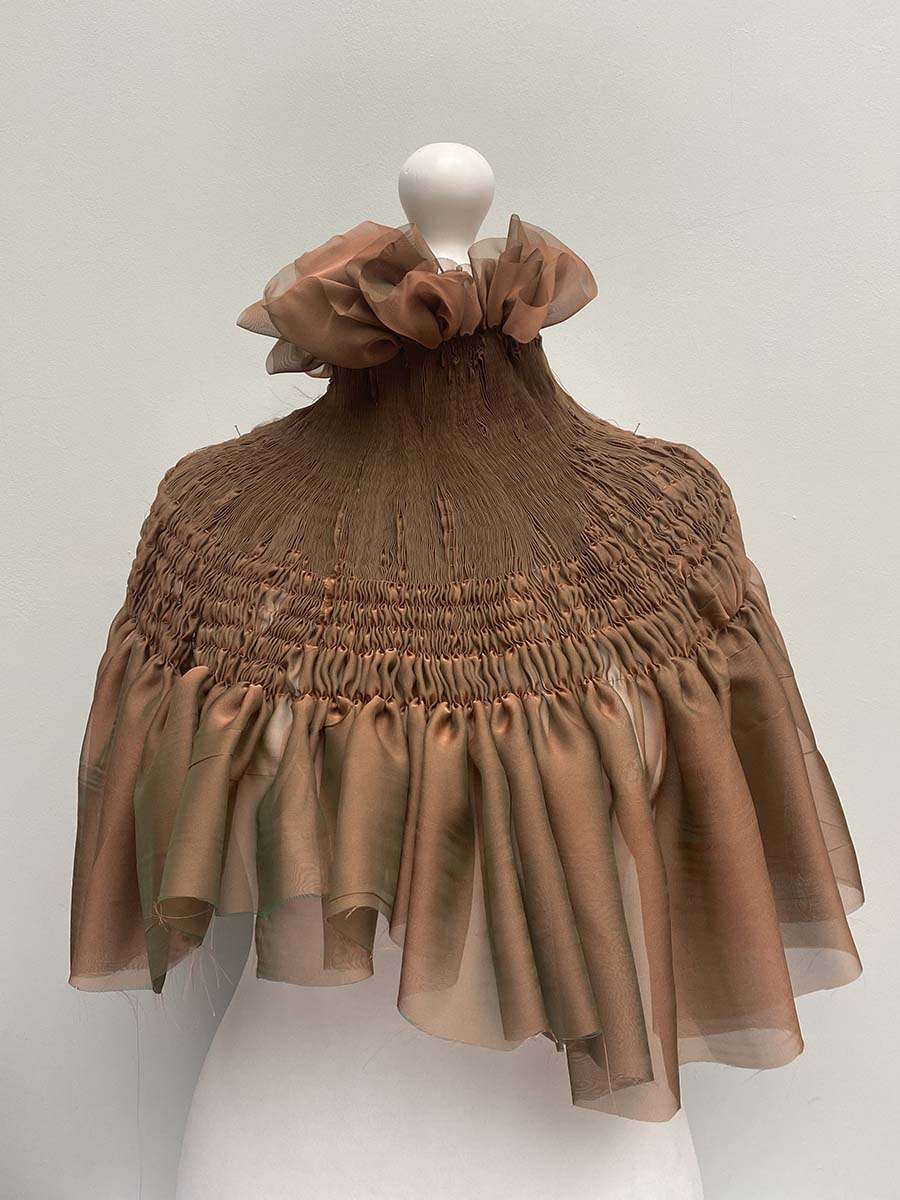
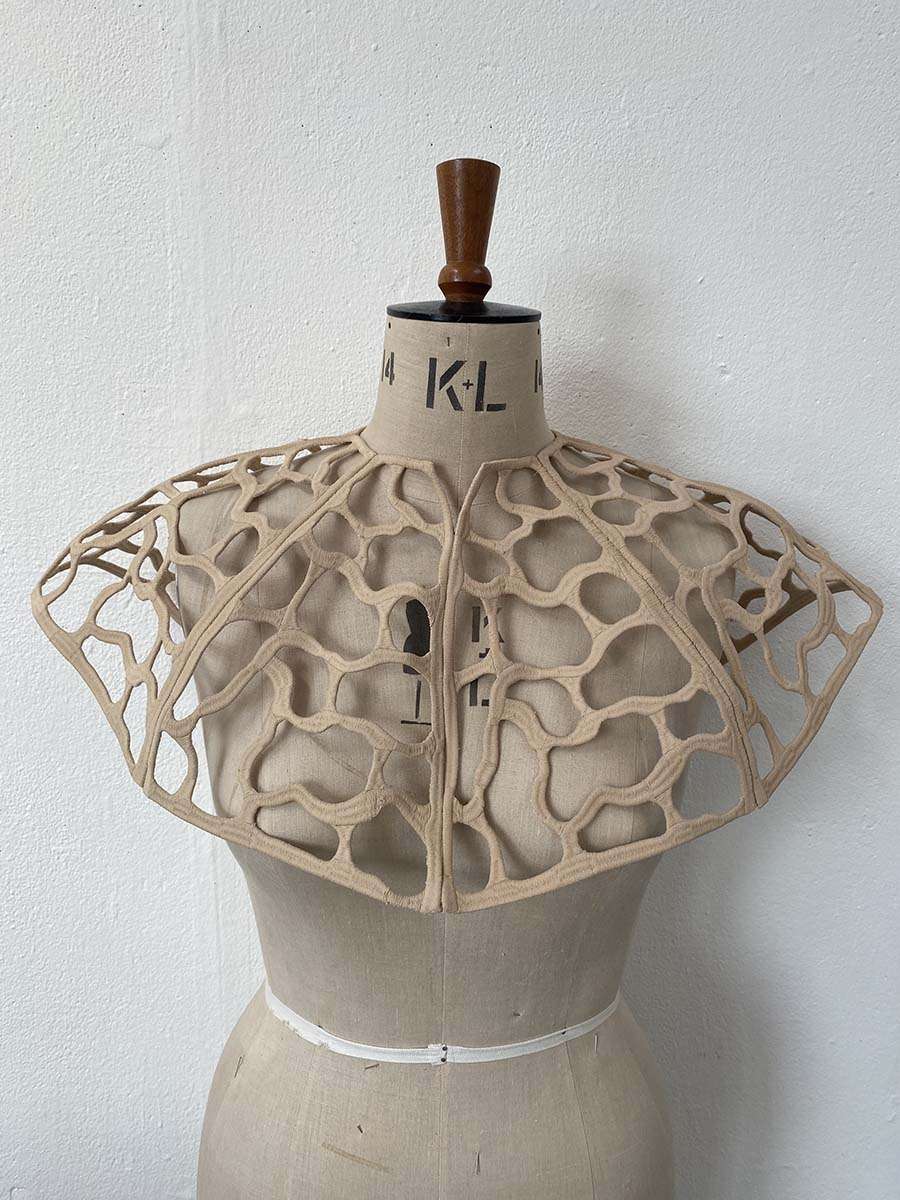
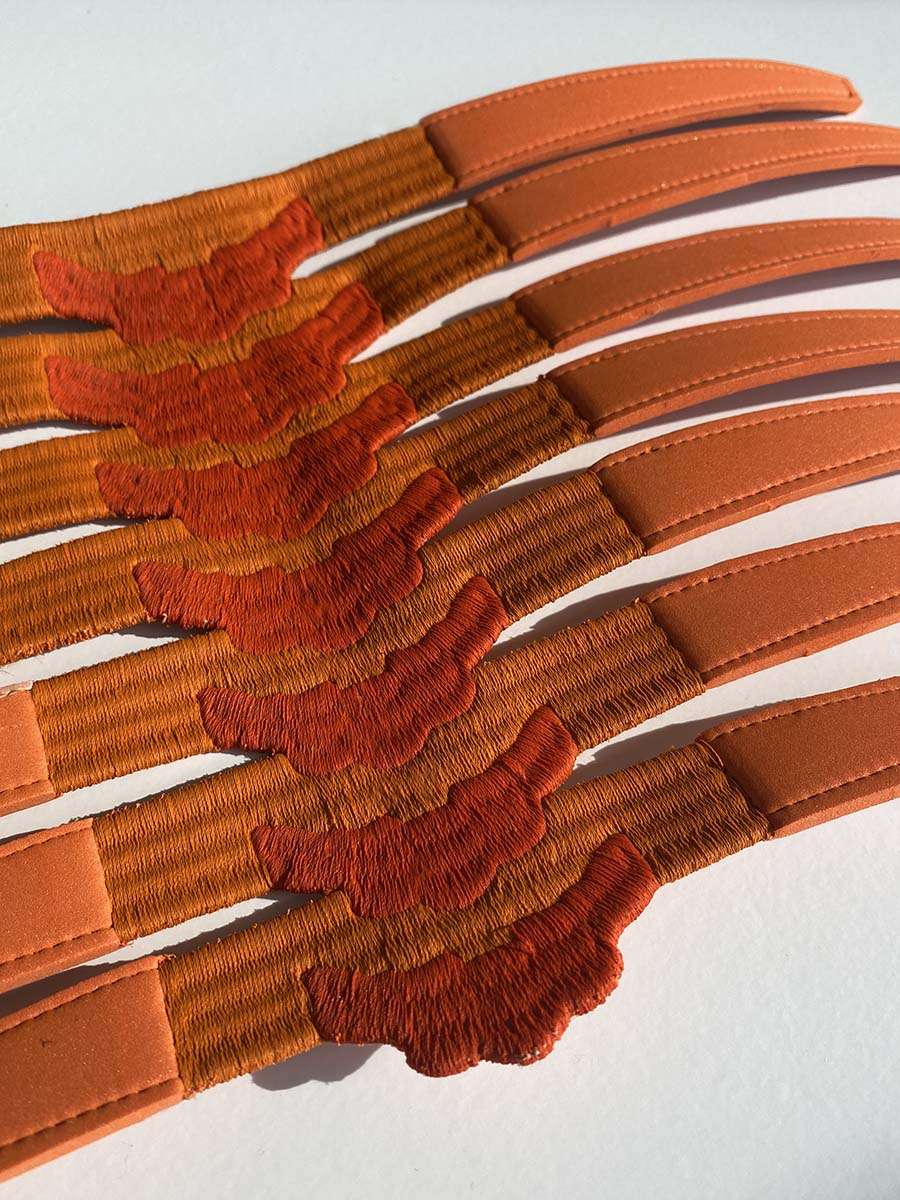
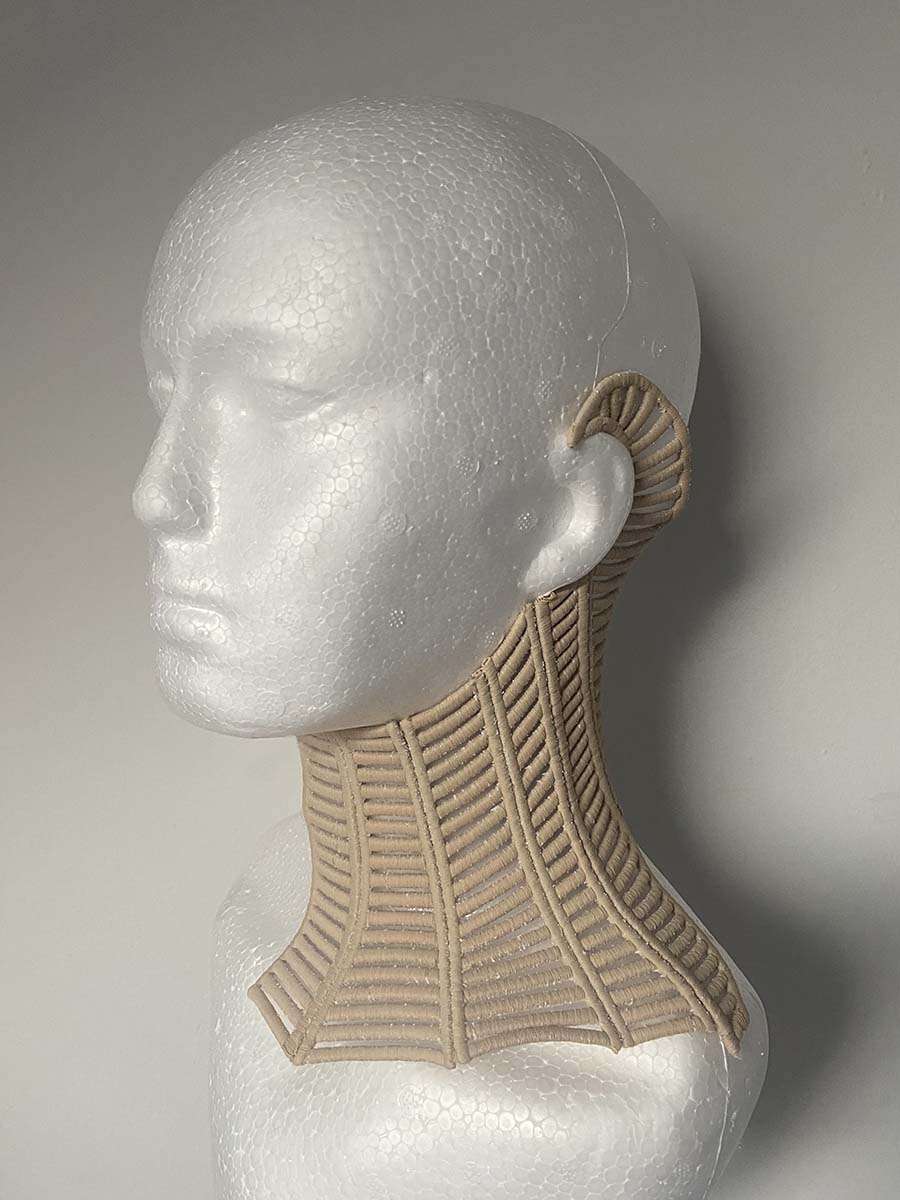


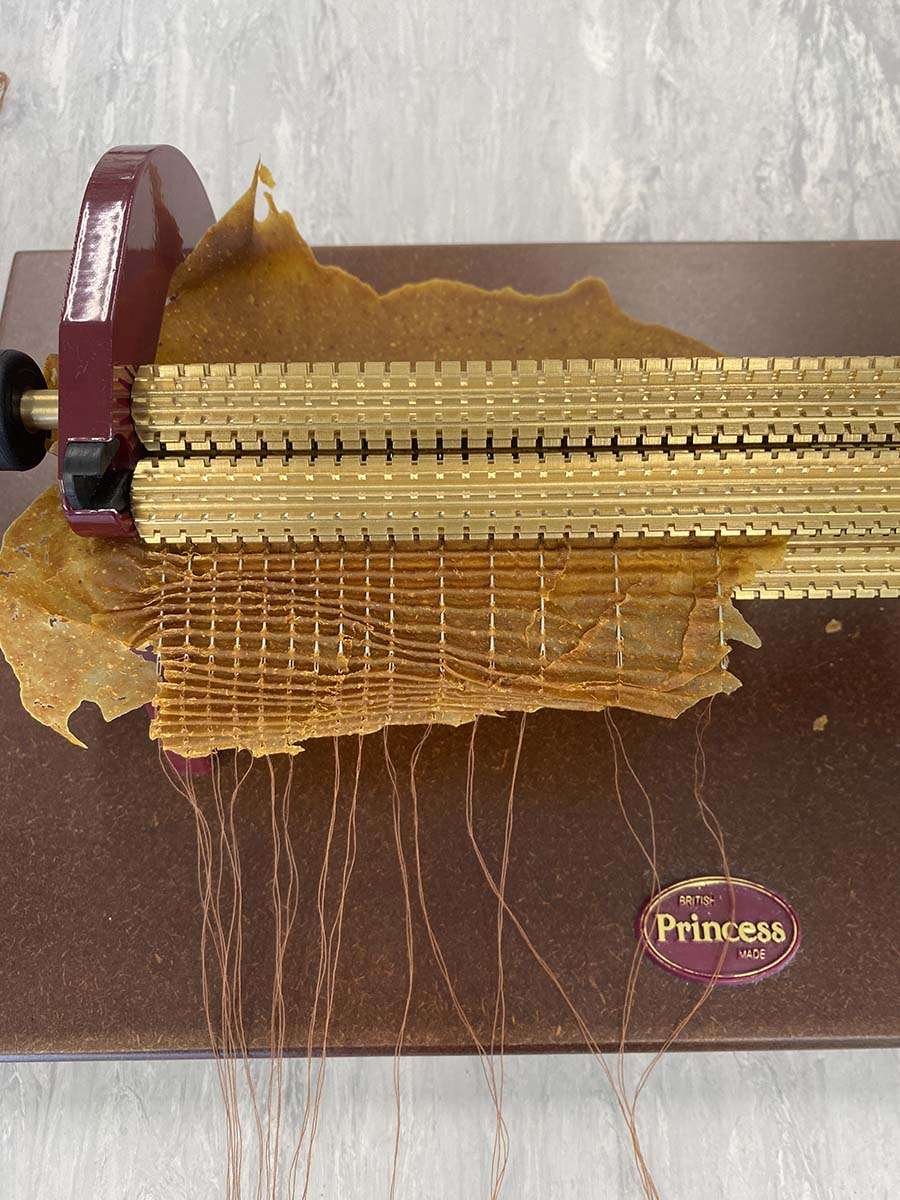
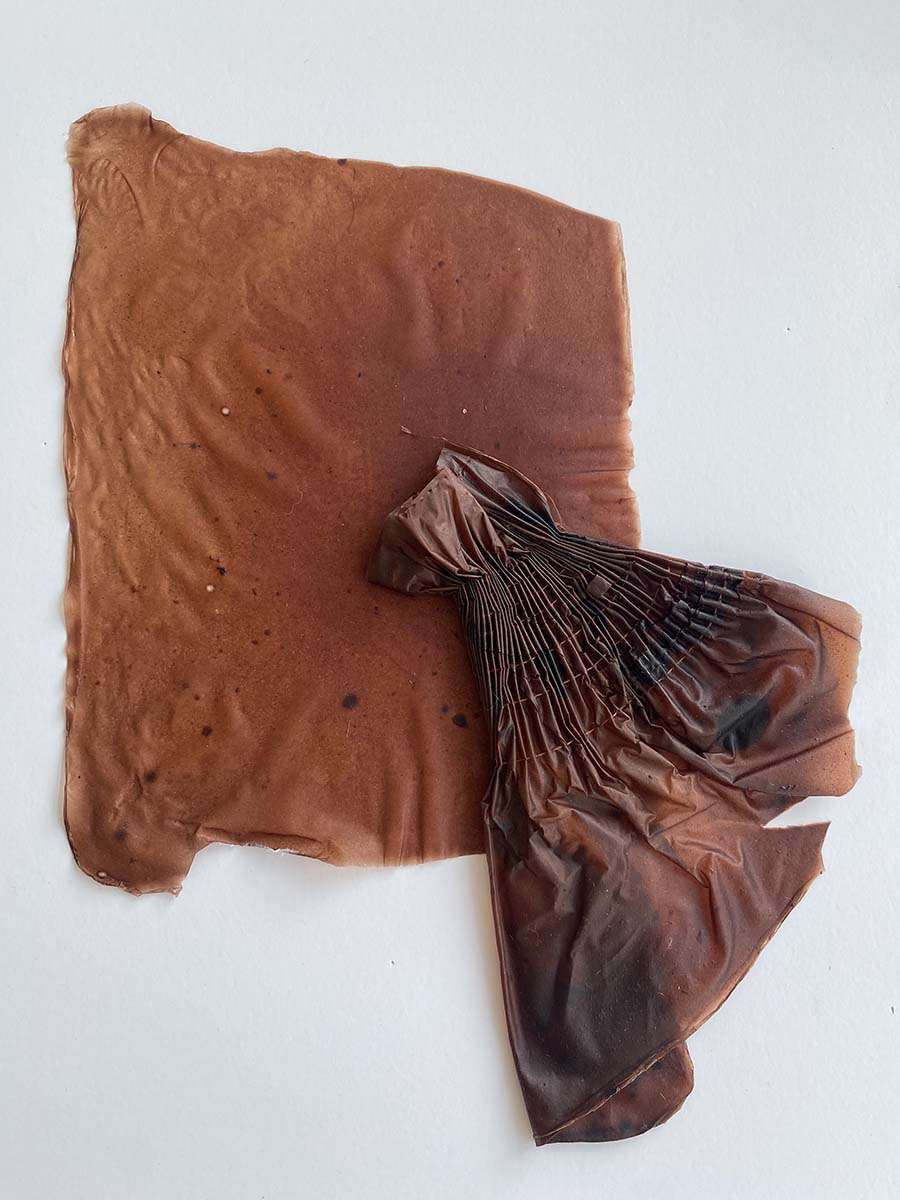
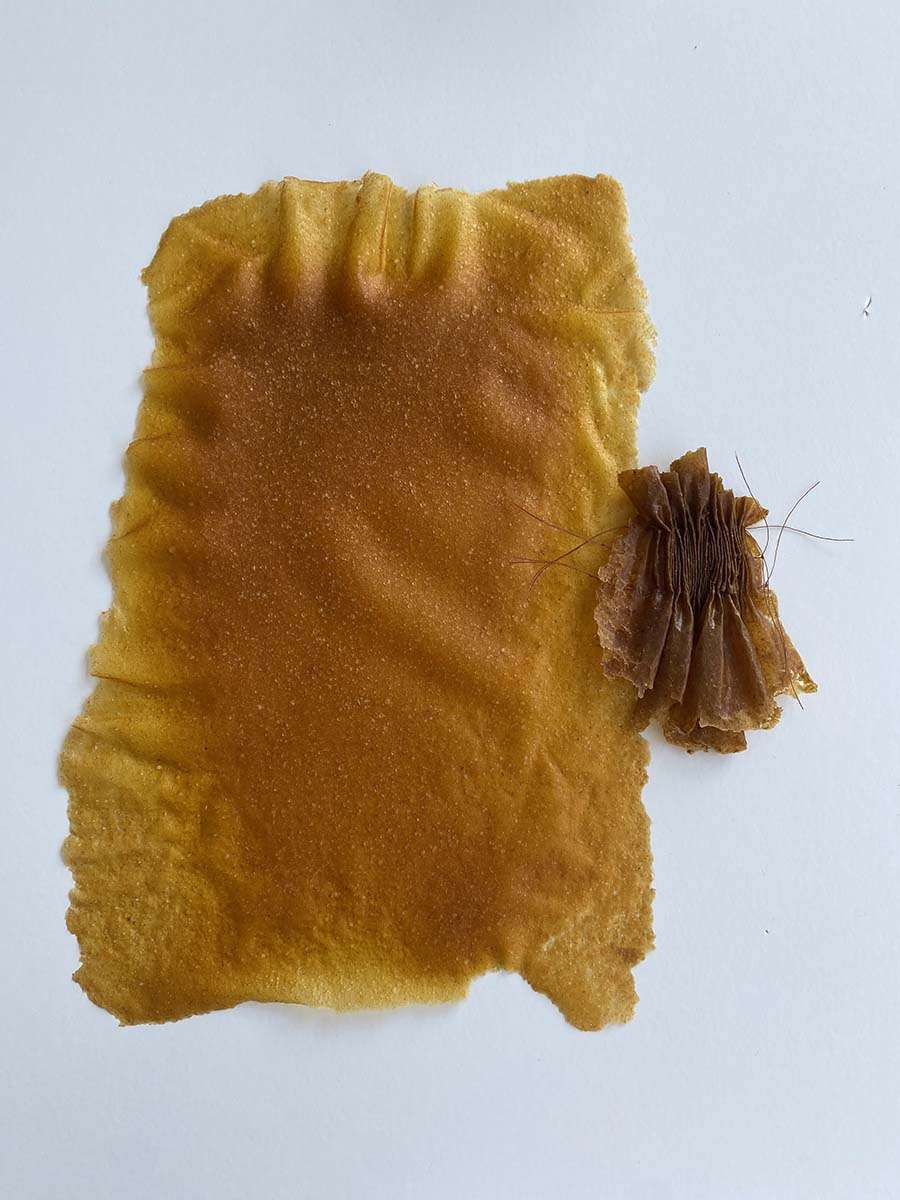
‘Anthropocene’ is nomadic lifestyle collection exploring garments as armour against climate change. Set in the year 2100, humanity’s endless hunger for consumption, and reluctance to see the irreversible damage of burning fossil fuels has resulted in an unrecognisable, apocalyptic reality.
Only 1% of the earth’s population have survived the climate shift.
Human civilisation has collapsed.
Rising sea levels have initiated mass migration.
Hurricanes, floods, and droughts cause daily devastation.
Foraging for mushrooms is the main source of food.
Clean water is a luxury.
Humans are forced to adapt to their new climate the way microorganisms have been doing for millions of years. In the fight for survival, new ways of eating, drinking, living, and breathing must be found.
Each final sample is named after an alga, a fungus, or a lichen which inspired it. Through fabric manipulation, paper making, embroidery, ceramics, and biomaterials, I created a gorget, a hood, a buoyancy aid, two bevors and a pauldron.
